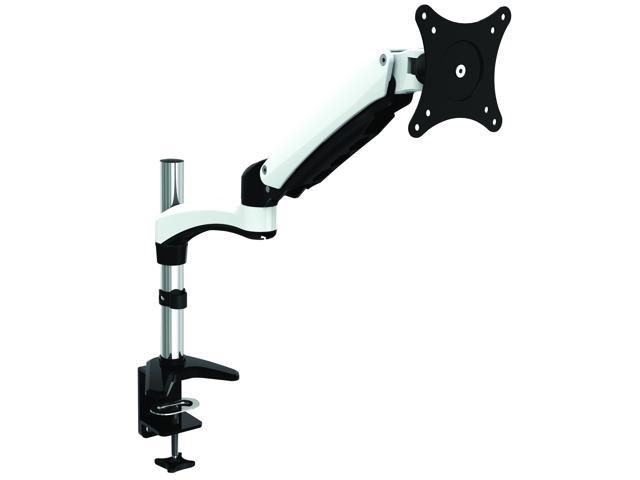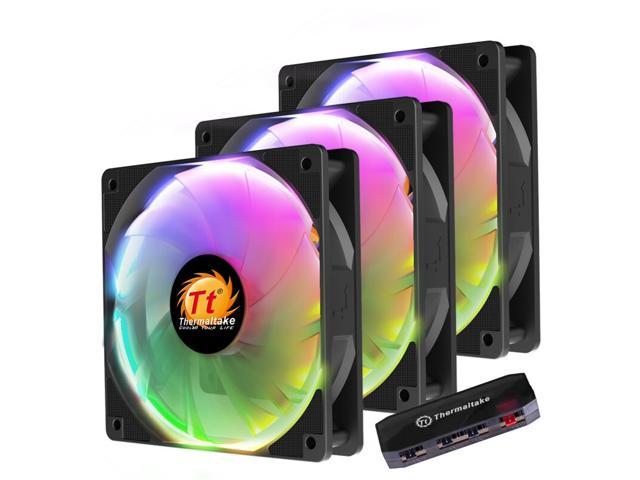“Conflict minerals” are ores that, when sold or traded, have played key roles in helping to fuel conflict and extensive human rights abuses, since the late 1990s, in far eastern Democratic Republic of the Congo (DRC). The main conflict minerals are the so-called the “3TGs” ores of tantalum and niobium, tin, tungsten, and gold, and their derivatives. Diverse international efforts to break the link between mineral commerce and conflict in central Africa have been proposed or are under way. Key initiatives include government and industry-led mineral tracking and certification schemes. These are designed to monitor trade in minerals to keep armed groups from financially benefitting from this commerce, in compliance with firm-level and/or industry due diligence policies that prohibit transactions with armed groups. Congress has long been concerned about conflicts and human rights abuses in the DRC. Hearings during successive congresses have focused on ways to help end or mitigate their effects, and multiple resolutions and bills seeking the same goals have been introduced. Several have become law. The most extensive U.S. law aimed at halting the trade in conflict minerals, specifically the 3TGs, is Section 1502 of Title XV of the Dodd-Frank Wall Street Reform and Consumer Protection Act (P.L. 111-203).















